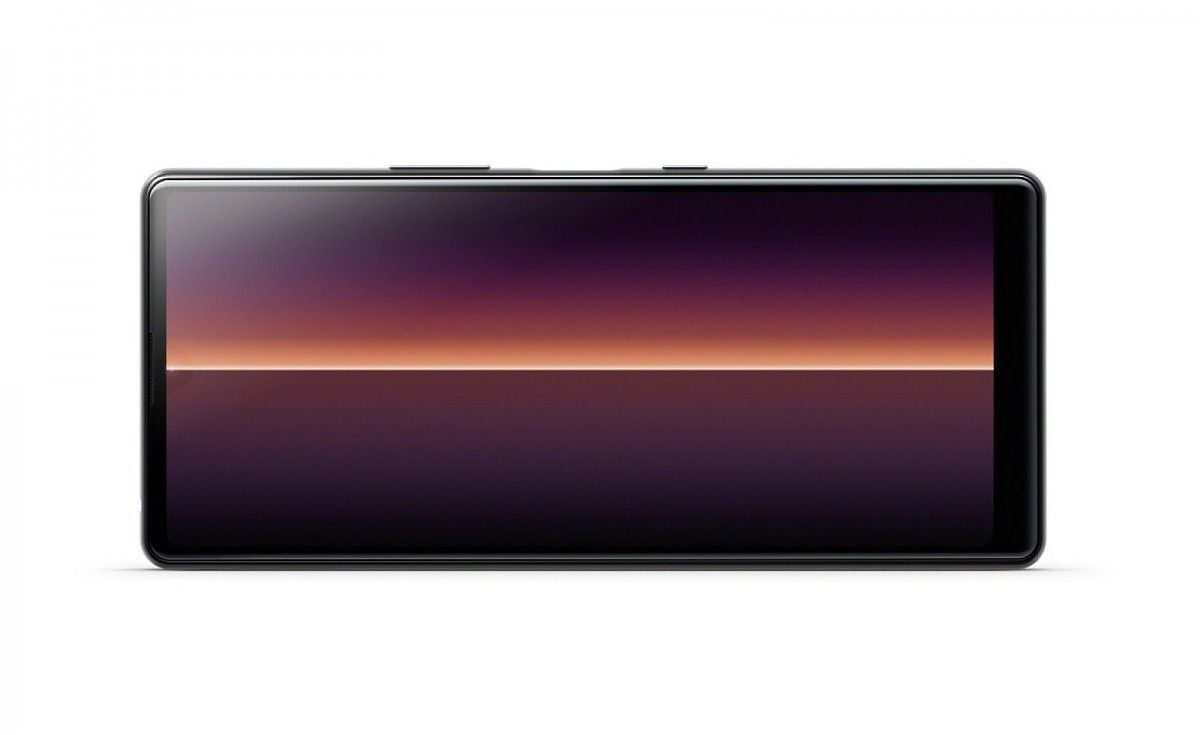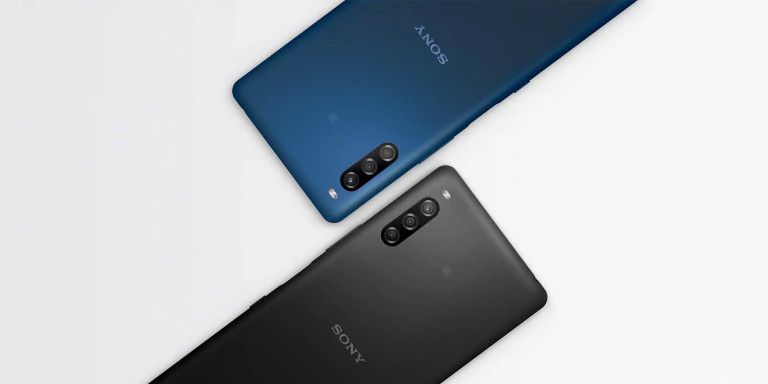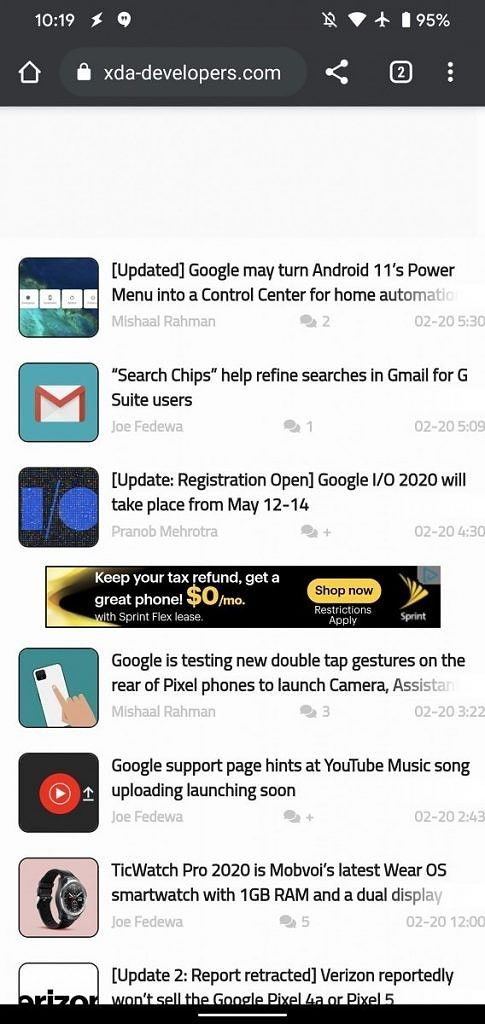It’s time for the first Qualcomm Snapdragon 865-powered flagship phones to arrive in the market. The Snapdragon 865 is Qualcomm’s 2020 flagship SoC, and it was announced in December. The first phones to be announced with the Snapdragon 865 were the Snapdragon 865 variants of the Samsung Galaxy S20 series. Two days later, Xiaomi launched the Mi 10 and the Mi 10 Pro in China. The next crop of Snapdragon 865 flagships are the Realme X50 Pro and the iQOO 3. Both are scheduled to launch in multiple markets on February 24 and February 25 respectively. The Realme X50 Pro and the iQOO 3 have both been separately marketed as “India’s first 5G phone.” Details about the iQOO 3 can be viewed in our previous coverage. The interesting thing with the iQOO 3 is that while it’s being marketed as India’s first 5G phone, it’s also simultaneously the first Snapdragon 865-powered phone to come in both 4G and 5G models. To make sense of this, let’s delve into the background of the Snapdragon 865’s modem.
The Snapdragon 865 needs the discrete Snapdragon X55 modem to provide connectivity
The Snapdragon 865 is a break from Snapdragon flagship SoCs in previous years, in that it has no integrated modem. The Snapdragon 855 had an integrated Snapdragon X24 4G LTE modem, while optionally supporting the discrete Snapdragon X50 5G modem. The Snapdragon 865, on the other hand, supports only a single discrete modem: the newer Snapdragon X55 5G modem-RF system. (In itself, this made it the first Snapdragon flagship SoC since 2014’s Qualcomm Snapdragon 805 to not have an integrated modem.) This particular modem was announced last year, and it’s intended for Snapdragon 865 phones (although two late December Snapdragon 855 launches ended up using it as well). It means that the Snapdragon 865 doesn’t have an integrated 4G modem, and it also doesn’t support a discrete 4G-only modem. Device makers can’t use any other modem with the SoC.
The Snapdragon X55 supports 5G—both of the mmWave and sub-6GHz variety. Naturally, it’s also a 2G/3G/4G/5G multi-mode modem. This means legacy 2G/3G HSPA/4G LTE networks are supported. In terms of 5G support, the Snapdragon X55 supports 5G bands used globally in both sub-6GHz and mmWave frequencies. Sub-6GHz bands such as 3.5GHz, 600MHz, 2.5GHz, and mmWave bands such as 26GHz, 28GHz, and 39GHz are supported. Theoretically, most of us took the Snapdragon 865 + Snapdragon X55 combination to mean that all Snapdragon 865 phones must be 5G only. The early Snapdragon 865 phone launches validated this thinking, but the iQOO 3 goes against it.
Let’s delve deeper. Theoretically, every phone having a Snapdragon 865 modem supports both sub-6GHz and mmWave 5G. In actual use, though, unless a phone has a minimum of three Qualcomm’s mmWave antenna modules (the QTM525), it won’t be able to practically use mmWave 5G because of the poor characteristics of mmWave signal, which have been described here. Thus, if a device maker wants a phone to support both sub-6GHz and mmWave 5G, it will need to incorporate at least three QTM525 antenna modules in the phone to make sure it supports mmWave 5G, in addition to certifying the phone for mmWave 5G bands. Therefore, not every Snapdragon 865 5G phones will be able to have mmWave 5G. The Xiaomi Mi 10 doesn’t have it, for example, and nor does the regular Snapdragon 865 variant of the Samsung Galaxy S20. More flagships will launch this year without mmWave support, as currently, mmWave has extremely limited availability even in the regions where it’s available.
What about 4G support? The Snapdragon X55 modem supports global LTE frequency bands. However, this doesn’t mean that any phone with the X55 modem will automatically support all LTE bands out of the box. Device makers choose to support only certain LTE bands on their devices even if the modem supports more of them. More and more phones are coming to the market with global LTE bands that are used throughout the world, ranging from FDD-LTE to TDD-LTE. However, budget and many mid-range phones still opt to keep many LTE bands disabled.
As for the question of why aren’t more LTE bands enabled on most devices out of the box, this has to do with certification. Device makers have to certify their devices in order for them to send radio signals on specific frequencies. This requires much testing, which means money is involved. If Xiaomi doesn’t plan to launch the Xiaomi Mi A2 in North America, for example, why should it certify the phone for U.S. LTE bands that most users of the phone will never be able to use? Such an approach will save the device makers’ money, and the savings will, in most cases, get passed down to consumers.
Another factor is that phones may need additional hardware in a phone to support broader coverage of certain frequencies, even when the modem supports those specific frequencies. Qualcomm has its own radio frequency front-end (RFFE) solutions. Phones, especially 5G phones, will need an end-to-end solution for the baseband, transceiver, and the front-end. The RFFE modules can be viewed on Qualcomm’s website. It’s all about cost, and especially in budget and lower mid-range phones, it’s an easy decision for device makers to cut the amount of enabled LTE bands.
The rationale behind the iQOO 3’s 5G and 4G variants
So why does the upcoming iQOO 3 come in both 5G and 4G variants? iQOO is the first device maker to make a Snapdragon 865 phone in both 5G and 4G variants, but I suspect it won’t be the last. The first question is: How is iQOO accomplishing this? The given information that we have is that the phone will have the Snapdragon X55 modem, which supports 5G. Therefore, iQOO must specifically disable the 5G capabilities of the X55 modem to purely provide connectivity for 4G LTE and legacy networks.
In light of the aforementioned information on certification, the most likely reason why iQOO would develop a separate 4G variant of a phone that supports 5G is cost. The device maker won’t need to certify the device for 5G frequencies in the sub-6GHz variety. It can do the job by certifying the necessary 4G LTE frequencies and sell the phone on the market. The cost savings of the lack of 5G certification would be passed onto the consumers, thus making it an affordable Snapdragon 865-powered flagship.
It’s important to know that India doesn’t have any 5G network yet. Right now, there is a long way to before 5G networks get rolled out in India. The situation with the finances of telecom providers must be kept in mind. Even keeping that aside (if we consider only Jio), 5G trials have yet to be completed, and although Huawei has been allowed to participate in 5G trials, its full role in India’s 5G networks has yet to be fully decided. The 5G spectrum auctions may be held at the end of this year, or more probably, they will be delayed again to 2021. In such a scenario, the earliest time frame for a 5G network to roll out in India would be in late 2021, or more likely in early-to-mid 2022. By that time, the iQOO 3 will be nearly two years old, thus negating its selling point of being “India’s first 5G phone.”
Another question comes to mind: Why sell a 5G variant in India at all then, if India won’t have 5G networks for a long time? The likely answer to that is for marketing benefits. “India’s first 5G phone” is a nice tagline, and Realme and iQOO are both competing for it. The practical relevance of such a distinction is negligible, with the one plus point being that users of the iQOO 3 5G variant will be able to use India’s first 5G networks when they go live in a couple of years. Right now, it has zero benefit. As an aside, Samsung knows this, and that’s why it has launched only the 4G variants of the Galaxy S20 series in India, for marginally lower price tags than the European 5G or U.S. 5G variants’ price tags. The Exynos 990 SoC supports the discrete Exynos 5G Modem 5123, and Samsung is likely going the same route as iQOO by disabling the 5G capabilities of the modem for markets where 5G networks don’t exist yet.
iQOO and Samsung made the smart decision, in my view. iQOO’s decision to also sell the 5G variant of the iQOO 3 in India is of limited use, although we can only understand this better after knowing the pricing of both variants, which will be revealed at the launch. In iQOO’s view, the 4G variant is the base model, while the 5G model will be positioned as a premium, pro model that costs extra. Will this strategy work out? We are keeping our eyes on the market to see how the story develops.
The post The iQOO 3 is the first Snapdragon 865 phone that comes in both 4G and 5G models appeared first on xda-developers.
from xda-developers https://ift.tt/2v71dPw
via
IFTTT





